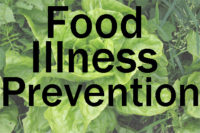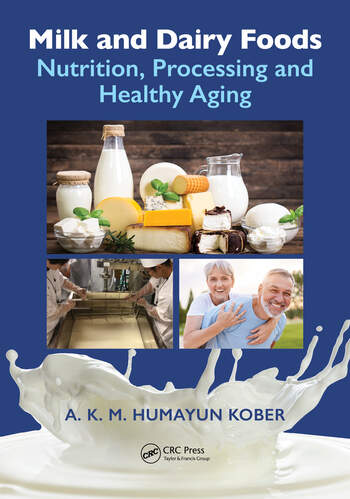TECH FLASH
Differing definitions of antimicrobial resistance make improvements difficult
Challenges arise from a lack of harmonization for the cut-off point for microbial resistance.


Differing definitions of antibiotic resistance have led to misunderstandings about how it develops, where it comes from and when and if it will disappear. Dr. Randy Singer of the University of Minnesota College of Veterinary Medicine discussed the issues involved with defining and understanding antibiotic resistance at the Antibiotic Conference at the 2013 International Production & Packaging Expo.
Challenges arise from the lack of harmonization across countries, regions and times for the cut-off point for resistance. Singer urged caution when reading documents about the prevalence of antibiotic resistance as standards can change by region.
He explained that acquired resistance can arise from gene mutation but also gene acquisition. Acquisition refers to an array of genes that gain mobility and transfer resistance to many antibiotics from one bacterium to another, including those unrelated to each other.
The Netherlands, with its high levels of antibiotic use in animals and low levels of antibiotic use in humans, has experienced high levels of multi-drug resistance. This makes it a useful environment for monitoring antibiotic resistance. Although a high number of animal producers in the Netherlands test positive for methicillin-resistant staphylococcus aureus (MRSA), its incidence in hospitals remains low.
However, extended-spectrum beta-lactamases—enzymes that inactivate beta-lactam antibiotics—have become a rapidly growing problem in European healthcare. Their presence in broilers suggests a jump from poultry to humans, and they’ve also been found in high numbers of slaughter pigs, turkey flocks, veal calves, dairy cows and companion animals.
Mandatory reduction of antibiotic use is one strategy to decrease antibiotic resistance, but is unlikely to have significant impact because of the global nature of resistance. The efforts of one country or consortium cannot fully address the challenges outside its borders, plus factors other than antibiotic usage affect levels of resistance.
One relatively successful model for antimicrobial resistance surveillance and containment activities is the Pan American Health Organization’s network in Colombia. The organization, led by Dr. Pilar Donado, focuses on animals at poultry farms and other locations as well as retailers. It also cooperates with public health organizations and research universities.
Improvements in antibiotic resistance will come about through the adoption of integrated programs and the collection, integration, analysis and communication of relevant information. That information will lead to the formulation of sound, science-based policies for antibiotic use in communities and the agricultural sector, ultimately prolonging the effectiveness of available drugs and benefiting all stakeholders.
Looking for a reprint of this article?
From high-res PDFs to custom plaques, order your copy today!








